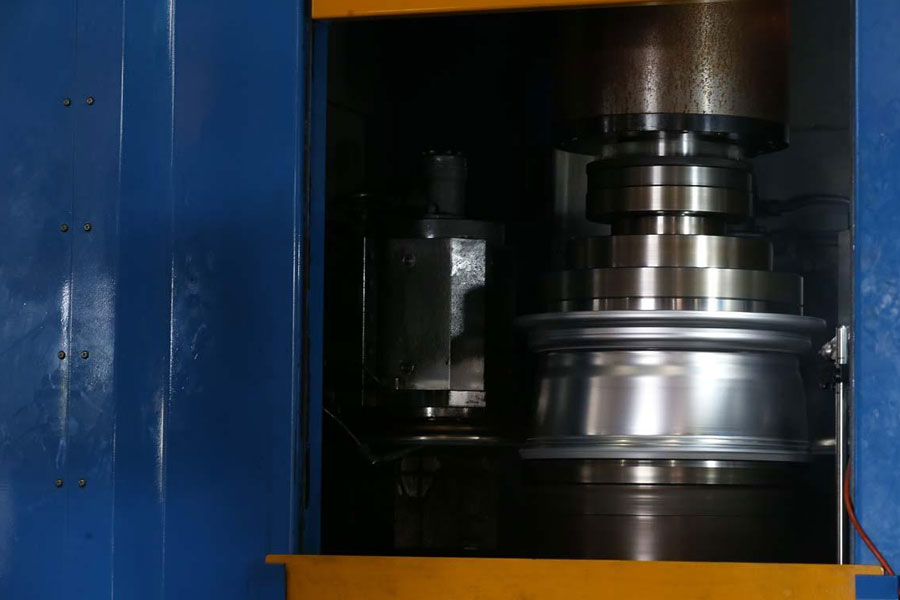The application fields of stamping and drawing dies are very wide, and the manufacturing technology of stamping and drawing dies is also constantly developing. So what principles are used to design the stamping and drawing dies? Let’s take a look together.
1. Geometric shape design
At the beginning of the design, it is often necessary to comprehensively consider dimensional stability and surface quality. For example, product design and dimensional stability require the use of a female mold or a female mold, but products with a higher gloss surface require the use of a convex mold or a male mold. In this way, the plastic parts ordering party will take these two into account. Point, so that the product can be produced under the best conditions. Experience has proved that designs that do not meet the actual processing conditions often fail.
2. Dimensional stability
During the forming process, the surface of the plastic part in contact with the stamping and drawing die has better dimensional stability than the part leaving the stamping and drawing die. If the material thickness needs to be changed in the future due to the need of material rigidity, it may cause the male mold to be converted to the female mold. Therefore, the dimensional tolerance of plastic parts cannot be less than 10% of the shrinkage rate.
3. Surface of plastic parts
In terms of the range that the molding material can cover, the surface structure of the visible surface of the plastic part should be formed at the contact point with the stamping and drawing die. If possible, the smooth surface of the plastic part should not be in contact with the surface of the stamping and drawing die. It’s like using female molds to make bathtubs and washtubs.
4. Modification
If a mechanical horizontal saw is used to saw off the clamping edge of the plastic part, there must be at least a 6-8mm margin in the height direction. Other dressing work, such as grinding, laser cutting or jet, must also be left margin. The gap between the cutting lines of the knife edge die is the smallest, and the distribution width of the punching die is also small when trimming. These should be noted.
5. Shrinkage and deformation
Plastics are easy to shrink (such as PE), and some plastic parts are easy to deform. No matter how to prevent them, plastic parts will deform during the cooling stage. Under this condition, it is necessary to change the shape of the forming stamping drawing die to adapt to the geometric deviation of the plastic part.
6. Shrinkage
The following shrinkage factors must be taken into consideration when manufacturing blister forming stamping and stretching dies.
- The molded product shrinks. If you cannot clearly know the shrinkage rate of the plastic, you must take a sample or use a similarly shaped stamping and drawing die to get it through experiments.Note: Through this method, only the shrinkage rate can be obtained, but the deformed size cannot be obtained.
- Shrinkage caused by the adverse effects of intermediate media, such as ceramics, silicone rubber, etc.
- The shrinkage of the material used in the stamping and stretching die, such as the shrinkage when casting aluminum.
